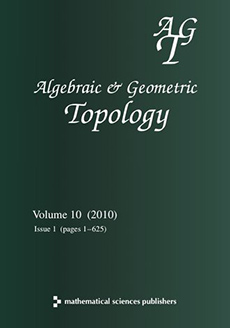Abstract
The de Bruijn–Erdős theorem states that the chromatic number of an infinite graph equals the maximum of the chromatic numbers of its finite subgraphs. Such determination by finite subobjects appears in the definition of a phantom map, which is classical in algebraic topology. The topological method in combinatorics connects these two, which leads us to define the relative version of a phantom map: a map is called a relative phantom map to a map if the restriction of to any finite subcomplex of lifts to through , up to homotopy. There are two kinds of maps which are obviously relative phantom maps: (1) the composite of a map with ; (2) a usual phantom map . A relative phantom map of type (1) is called trivial, and a relative phantom map out of a suspension which is a sum of (1) and (2) is called relatively trivial. We study the (relative) triviality of relative phantom maps and, in particular, we give rational homology conditions for the (relative) triviality.
Citation
Kouyemon Iriye. Daisuke Kishimoto. Takahiro Matsushita. "Relative phantom maps." Algebr. Geom. Topol. 19 (1) 341 - 362, 2019. https://doi.org/10.2140/agt.2019.19.341
Information





